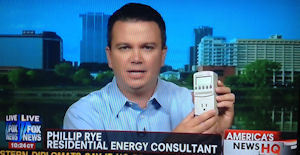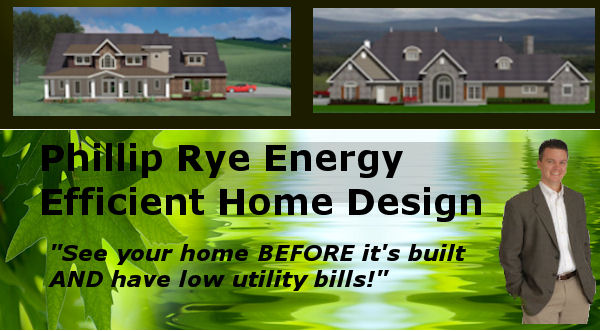
|
|
|
|
 |
||
What Are The Drawbacks of
|
|
Iceland, however, is not the only area where geothermal heat can be so easy to attain. There are many places in the United States, where natural hot springs and geysers are prevalent. Yellow Stone Park and the surrounding areas have heat just below the surface, which is generated by volcanic activity. In Arkansas, Hot Springs, is another place where geothermal energy can easily be attained. The city of Hot Springs, Arkansas, got its name due to the hot springs in the area. In these areas, you can literally dig just below your home and get a good geothermal heat source. Unfortunately, however, many of us do not have the luxury of living in such an area. |
|
It is also possible to have geothermal energy systems in areas where there is no volcanic or seismic activity. The disadvantage of that, however, is that this can come with some cost. It is possible, because the ground absorbs over 47% of the sun’s radiation and thus the ambient temperature underground remains constant all year round. The biggest drawbacks to geothermal energy in these areas, however, are that it can take an excessively long time for the geothermal heat to renew itself. Furthermore, in most areas where there is no volcanic activity is that the ambient ground temperature may only reach up to 50 or 60 degrees Fahrenheit. This might be too cold for some people and if cold water comes into the system too quickly, it can cool the system to where you can only have good air conditioning in the summer. Likewise, if you want to have hot water from geothermal energy in these areas, your water will be lukewarm at best.
Though geothermal energy can be an excellent source of heat and cooling in some areas, to make sure if it’s right for your area, you want to do some research first before you decide to go through all the expense of installing a geothermal heating system in your home and then be disappointed with the results.
Are you building a home and looking for a custom, geothermal heat pump home? Visit my home design site at www.rye-homes.com for more information.
Geothermal Heat Pumps Arkansas Geothermal Heat Pumps Michigan Geothermal Heat Pumps New York Geothermal Heat Pumps Missouri geothermal water heating geothermal heating and cooling

Phillip Rye - As Seen On Fox News


| Home Builder |
| Geothermal |
| Insulation |
| New Home Design |
| Ultimate Energy Action Guide |
XSitePro Templates


